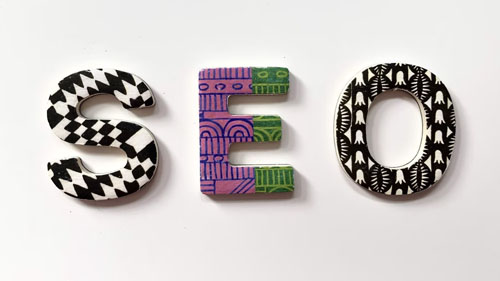On-Page SEO: How to Successfully Optimize Your Content
Thursday, June 16th, 2022

So you want to rank higher on Google?
It’s not too complicated if you know what you’re doing. That’s where this article comes in! I’ll show you how to optimize your content for search engines so that more people will find it and visit your website. It doesn’t matter what type of business or personal blog you have, ranking high on Google is the key to success. Let me show you how easy it can be!
- What is on-page SEO and why do you need it
- How can you optimize your blog or website?
- The importance of keywords in on-page SEO
- How many times should you use your keywords?
- What are long-tail keywords?
What is on-page SEO and why do you need it
Simply put, on-page SEO is the process of optimizing your content so that search engines will show it to more people.
On-page optimization can be described as “will this article contain relevant information which websites like Google want to see?” When you’re writing content, it’s important to remember the reader and not just yourself. Content which contains good information and keywords will be ranked higher on Google and other search engines.
How can you optimize your blog or website?
There are several ways we can optimize our websites for SEO (Search Engine Optimization) and produce search engine friendly articles.
The most important part is the “keywords” you use within your posts. We’ll talk more about keywords in a later section, but for now, just know that keywords are the words people might type into Google if they were searching for what you’re writing about. For example, if I wrote an article called “10 Tips to Make Money Online,” some relevant keywords are “tips,” “money,” and “online.”
Using these keywords in your content is crucial for optimizing your blog or website. Here are some other ways you can make Google think your blog post is worth showing to more people:
– Decide on titles for each of your posts that fit the content.
– Write genuine, quality content that is well edited and spell checked.
– Have at least 250 words per post.
– Make sure your images are high quality, relevant to the topic, have alt tags, etc.
– Use good grammar so you don’t lose readers due to bad writing skills.
Encourage engagement with your readers by using social media and commenting tools to find new readers.
The Importance of Keywords in On-Page SEO
As we mentioned before, keywords are the words people might type into Google if they were searching for what you’re writing about. Without keywords, it would be difficult for Google to know what your content is about.

How many times should you use your keywords?
You want to include your main keyword twice within the text of your article. If you’re writing a blog post about “how to make money online,” then your keywords might look like this:
- “The ways you can make money online today are almost limitless.”
- “You might be wondering how to actually make any money from this online.”
You also want to include a few variations of your keywords in your content, which will work well for people who were searching for something slightly different than what you’re writing about. I’ll give you an example:
Let’s say we’re writing a blog post about “how to make money in real estate,” and the main keyword is important enough that we want to use it twice in our article.
- “You might be wondering, how can I make money in real estate?”
- “There are several ways to make money in real estate.”
- “When I decided to invest in my local area, I was surprised by how many options there were for me to consider.”
In one paragraph, we have our main keyword two times and a few variations of that keyword twice. Including variations of your keywords is important because it will make sure you are optimizing for all the different types of Google searchers.
Looking for sustainable growth? Our traffic exchange drives real visitors to your site.
What are long-tail keywords?
Long-tail keywords are ones that match every single aspect of the subject you’re writing about. Long-tail keywords typically consist of 3 or more words, and require a more detailed search.
People who use long-tail keywords are typically looking for very specific things online, and it’s helpful to bring these people in as readers of your blog. It’s a great way to tap into an audience that hasn’t been tapped in before to increase website traffic free. An example could be: “How do I make money from my blog?” which is a popular long-word keyword nowadays.

Including your main keyword and long-tail keywords within your content is important for on-page SEO. It will make your posts more organized, easy to read, and Google-friendly.
In this post, you learned how to use keywords in your content to optimize for Google. Using these tips will ensure that your site is easy to read and attractive to search engine crawlers. Remember that Google is the most popular search engine on the web, and it’s important to make your website as easy as possible for them to understand.
Thank you for reading, please feel free to share this article with anyone who might find it interesting!
Filed under: Tips & Tricks
Exclusive Offer!
1,500,000 Points for $110 $68. If you're running low on points — don't miss out
limited time